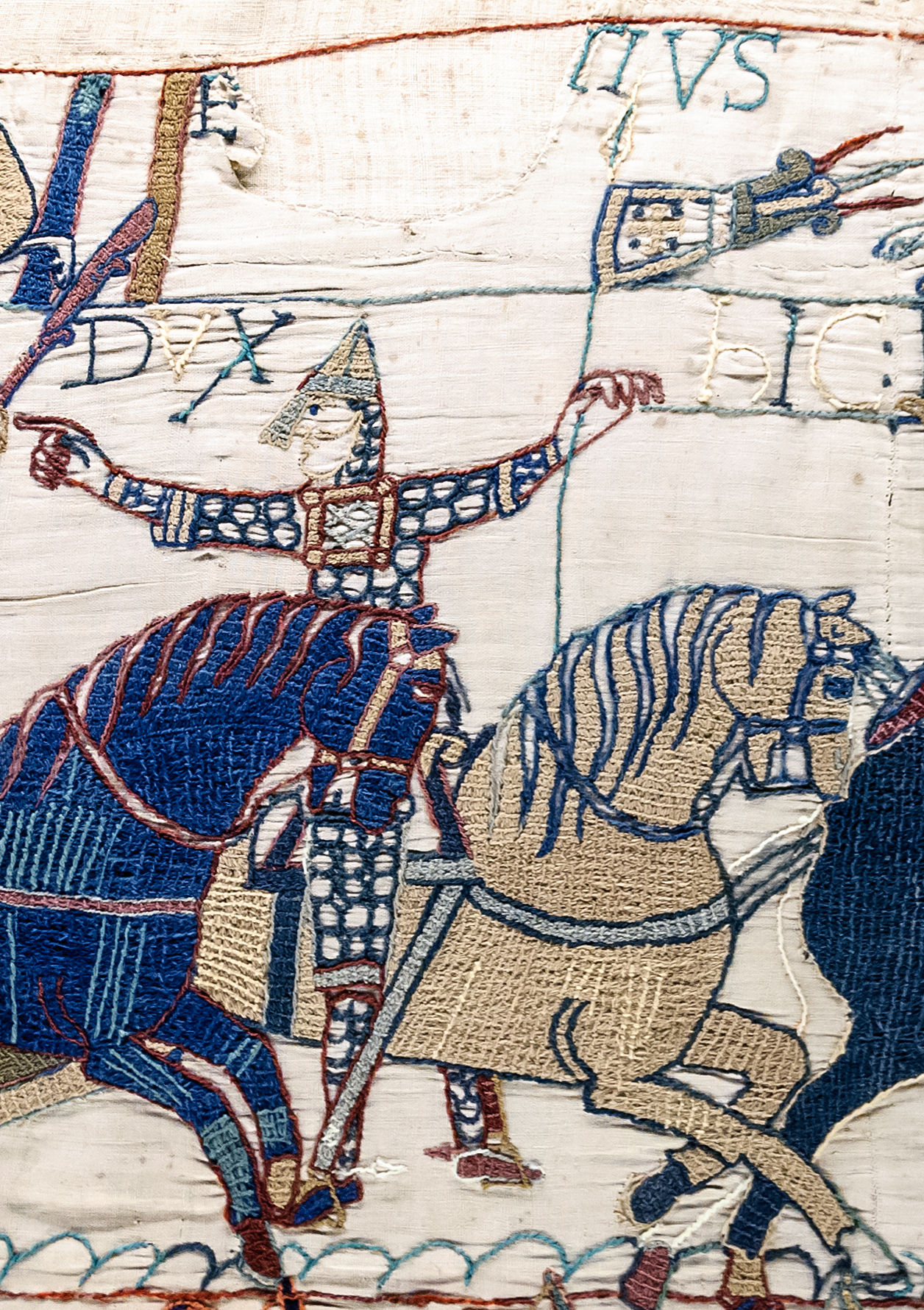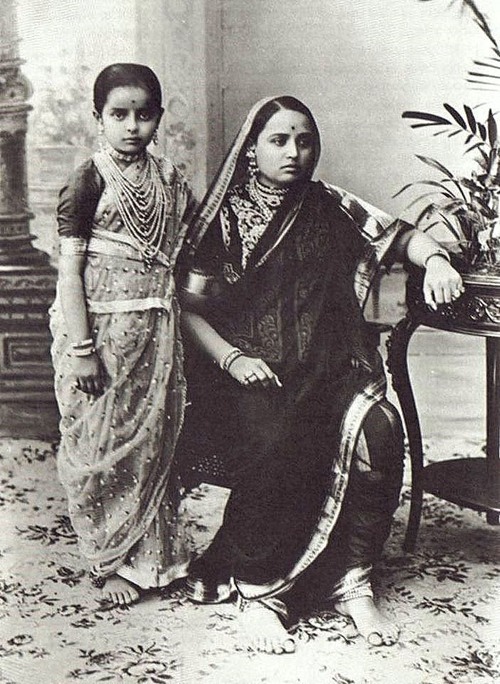|
Phool Patti Ka Kaam
''Phool Patti ka Kaam'' (''Patti work'', ''Patti ka kaam'', Floral and leaf motifs) is a dying traditional craft of appliqué style embroidery practiced at Aligarh and Rampur, Uttar Pradesh. Phool Patti ka Kaam was the combination of patchwork and embroidery in which floral designs were created on clothes. The fabric cut pieces formed into motifs and hemmed onto the ground fabric and stems were embroidered along with stem stitches. The craft was famous during the Mughal period. The appliqué was done on fine muslins, white cotton fabric or organdy. In the past, A large number of women workers were used to be engaged in this craft. Use The art was famous for ladies' costumes mainly sari, and The efforts are continuing to revive the old craft. See also * Patchwork * Embroidery of India Embroidery in India includes dozens of embroidery styles that vary by region and clothing styles. Designs in Indian embroidery are formed on the basis of the texture and the design of the fabr ... [...More Info...] [...Related Items...] OR: [Wikipedia] [Google] [Baidu] |
Appliqué
Appliqué is ornamental needlework in which pieces or patches of fabric in different shapes and patterns are sewn or stuck onto a larger piece to form a picture or pattern. It is commonly used as decoration, especially on garments. The technique is accomplished either by hand stitching or machine. Appliqué is commonly practised with textiles, but the term may be applied to similar techniques used on different materials. In the context of ceramics, for example, an appliqué is a separate piece of clay added to the primary work, generally for the purpose of decoration. The term originates from the Latin ''applicō'' "I apply" and subsequently from the French ''appliquer'' "attach". History The term appliqué is derived from French and Latin verbs ''appliquer'' and ''applicare'', respectively, which both mean to join or attach. Like embroidery, it has a humble beginning. The technique was used as a way to strengthen worn areas of items or to patch holes that had formed. Early app ... [...More Info...] [...Related Items...] OR: [Wikipedia] [Google] [Baidu] |
Aligarh
Aligarh (; formerly known as Allygarh, and Kol) is a city in the state of Uttar Pradesh in India. It is the administrative headquarters of Aligarh district, and lies northwest of state capital Lucknow and approximately southeast of the capital, New Delhi. The districts which adjoin Aligarh are Gautam Buddha Nagar, Bulandshahr, Sambhal, Badaun, Kasganj, Hathras, Etah and Mathura. As of 2011, Aligarh is the 53rd most populous city in India. The recorded history of Aligarh begins with the establishment of the Aligarh Fort in the 16th century. It is a university town, notable as the seat of Aligarh Muslim University, which was founded here as Muhammadan Anglo-Oriental College in 1875, initiating the Aligarh Movement. History Written references to the city commence only from 12th century onward; however, archeological records suggest that the town used to be inhabited by Jains. The area of Aligarh before the Ghurid conquest of the region, was under the sway of Dor Rajpu ... [...More Info...] [...Related Items...] OR: [Wikipedia] [Google] [Baidu] |
Rampur, Uttar Pradesh
Rampur ( ) is a city, and the municipality headquarter of Rampur District in the Indian state of Uttar Pradesh. It was formerly known for its various industries, like sugar refining and cotton milling. Its library has more than 12,000 rare manuscripts and a fine collection of Mughal miniature paintings.It is located 322 kilometres north-west of the state capital Lucknow. In 2007, the Ministry of Minority Affairs identified Rampur District as one of 14 'Minority Concentration' districts in the state, on the basis of the 2001 census data on population, socio-economic indicators and basic amenities indicators. The city is known for its Rampuri chaaku (knife). Etymology Originally it was a group of four villages named Kather, the name of Raja Ram Singh. The first Nawab proposed to rename the city ''Faizabad''. But many other places were known by the name Faizabad so its name was changed to Mustafabad alias Rampur. History As per medieval history, Rampur was the part of the De ... [...More Info...] [...Related Items...] OR: [Wikipedia] [Google] [Baidu] |
Patchwork
Patchwork or "pieced work" is a form of needlework that involves sewing together pieces of fabric into a larger design. The larger design is usually based on repeating patterns built up with different fabric shapes (which can be different colors). These shapes are carefully measured and cut, basic geometric shapes making them easy to piece together. Uses Patchwork is most often used to make quilts, but it can also be used to make rugs, bags, wall-hangings, warm jackets, cushion covers, skirts, waistcoats and other items of clothing. Some textile artists work with patchwork, often combining it with embroidery and other forms of stitchery. When used to make a quilt, this larger patchwork or pieced design becomes the "top" of a three-layered quilt, the middle layer being the batting and the bottom layer the backing. To keep the batting from shifting, a patchwork or pieced quilt is often quilted by hand or machine using a running stitch in order to outline the individual shape ... [...More Info...] [...Related Items...] OR: [Wikipedia] [Google] [Baidu] |
Embroidery
Embroidery is the craft of decorating fabric or other materials using a needle to apply thread or yarn. Embroidery may also incorporate other materials such as pearls, beads, quills, and sequins. In modern days, embroidery is usually seen on caps, hats, coats, overlays, blankets, dress shirts, denim, dresses, stockings, scarfs, and golf shirts. Embroidery is available in a wide variety of thread or yarn colour. Some of the basic techniques or stitches of the earliest embroidery are chain stitch, buttonhole or blanket stitch, running stitch, satin stitch, and cross stitch. Those stitches remain the fundamental techniques of hand embroidery today. History Origins The process used to tailor, patch, mend and reinforce cloth fostered the development of sewing techniques, and the decorative possibilities of sewing led to the art of embroidery. Indeed, the remarkable stability of basic embroidery stitches has been noted: The art of embroidery has been found world ... [...More Info...] [...Related Items...] OR: [Wikipedia] [Google] [Baidu] |
Mughal Empire
The Mughal Empire was an early-modern empire that controlled much of South Asia between the 16th and 19th centuries. Quote: "Although the first two Timurid emperors and many of their noblemen were recent migrants to the subcontinent, the dynasty and the empire itself became indisputably Indian. The interests and futures of all concerned were in India, not in ancestral homelands in the Middle East or Central Asia. Furthermore, the Mughal empire emerged from the Indian historical experience. It was the end product of a millennium of Muslim conquest, colonization, and state-building in the Indian subcontinent." For some two hundred years, the empire stretched from the outer fringes of the Indus river basin in the west, northern Afghanistan in the northwest, and Kashmir in the north, to the highlands of present-day Assam and Bangladesh in the east, and the uplands of the Deccan Plateau in South India. Quote: "The realm so defined and governed was a vast territory of some , ra ... [...More Info...] [...Related Items...] OR: [Wikipedia] [Google] [Baidu] |
Muslin
Muslin () is a cotton fabric of plain weave. It is made in a wide range of weights from delicate sheers to coarse sheeting. It gets its name from the city of Mosul, Iraq, where it was first manufactured. Muslin of uncommonly delicate handspun yarn was handwoven in the Bengal region of South Asia and imported into Europe for much of the 17th and early 18th centuries. In 2013, the traditional art of weaving '' Jamdani'' muslin in Bangladesh was included in the list of Masterpieces of the Oral and Intangible Heritage of Humanity by UNESCO. History In 1298 CE, Marco Polo described the cloth in his book ''The Travels''. He said it was made in Mosul, Iraq. The 16th-century English traveller Ralph Fitch lauded the muslin he saw in Sonargaon. During the 17th and 18th centuries, Mughal Bengal emerged as the foremost muslin exporter in the world, with Mughal Dhaka as capital of the worldwide muslin trade. It became highly popular in 18th-century France and eventually spread ac ... [...More Info...] [...Related Items...] OR: [Wikipedia] [Google] [Baidu] |
Aligarh Muslim University
Aligarh Muslim University (abbreviated as AMU) is a Public University, public Central University (India), central university in Aligarh, Uttar Pradesh, India, which was originally established by Sir Syed Ahmad Khan as the Muhammadan Anglo-Oriental College in 1875. Muhammadan Anglo-Oriental College became Aligarh Muslim University in 1920, following the Aligarh Muslim University Act. It has three off-campus centres in AMU Malappuram Campus (Kerala), AMU Murshidabad centre (West Bengal), and Kishanganj Centre (Bihar). The university offers more than 300 courses in traditional and modern branches of education, and is an institute of national importance as declared under seventh schedule of the Constitution of India at its commencement. The university has been ranked 801–1000 in the ''QS World University Rankings'' of 2021, and 10 among universities in India by the ''National Institutional Ranking Framework'' in 2021. Various clubs and societies function under the aegis of the un ... [...More Info...] [...Related Items...] OR: [Wikipedia] [Google] [Baidu] |
Sari
A sari (sometimes also saree or shari)The name of the garment in various regional languages include: * as, শাৰী, xārī, translit-std=ISO * bn, শাড়ি, śāṛi, translit-std=ISO * gu, સાડી, sāḍī, translit-std=ISO * hi, साड़ी, sāṛī, translit-std=ISO * kn, ಸೀರೆ, sīre, translit-std=ISO * knn, साडी, कापड, चीरे, sāḍī, kāpaḍ, cīrē, translit-std=ISO * ml, സാരി, sāri, translit-std=ISO * mr, साडी, sāḍī, translit-std=ISO * ne, सारी, sārī, translit-std=ISO * or, ଶାଢ଼ୀ, śāṛhī, translit-std=ISO * pa, ਸਾਰੀ, sārī, translit-std=ISO * ta, புடவை, puṭavai, translit-std=ISO * te, చీర, cīra, translit-std=ISO * ur, ساڑى, sāṛī, translit-std=ISO is a women's garment from the Indian subcontinent, that consists of an un-stitched stretch of woven fabric arranged over the body as a robe, with one end tied to the waist, wh ... [...More Info...] [...Related Items...] OR: [Wikipedia] [Google] [Baidu] |
Patchwork
Patchwork or "pieced work" is a form of needlework that involves sewing together pieces of fabric into a larger design. The larger design is usually based on repeating patterns built up with different fabric shapes (which can be different colors). These shapes are carefully measured and cut, basic geometric shapes making them easy to piece together. Uses Patchwork is most often used to make quilts, but it can also be used to make rugs, bags, wall-hangings, warm jackets, cushion covers, skirts, waistcoats and other items of clothing. Some textile artists work with patchwork, often combining it with embroidery and other forms of stitchery. When used to make a quilt, this larger patchwork or pieced design becomes the "top" of a three-layered quilt, the middle layer being the batting and the bottom layer the backing. To keep the batting from shifting, a patchwork or pieced quilt is often quilted by hand or machine using a running stitch in order to outline the individual shape ... [...More Info...] [...Related Items...] OR: [Wikipedia] [Google] [Baidu] |
Embroidery Of India
Embroidery in India includes dozens of embroidery styles that vary by region and clothing styles. Designs in Indian embroidery are formed on the basis of the texture and the design of the fabric and the stitch. The dot and the alternate dot, the circle, the square, the triangle, and permutations and combinations of these constitute the design. Photo gallery File:Blue mural embroidery, Udaipur, Rajasthan, India.jpg, Blue mural embroidery, Udaipur, Rajasthan, India File:Pink dress with embroidery, detail, Crafts Museum, New Delhi.jpg, Pink dress with embroidery, detail, Crafts Museum, New Delhi File:Mural embroidery, Udaipur, Rajasthan, India.jpg, Mural embroidery, Udaipur, Rajasthan, India File:Woman's shirt from Kutch, Gujarat, India, IMA 55114, 2.jpg, Woman's shirt from Kutch, Gujarat, India File:Embroidered hanging, Kutch (western India.jpg, Embroidered hanging, Kutch (western India) File:Embroidered textile from Nagaland, Honolulu Museum of Art 13688.1.JPG, Embroidered textile ... [...More Info...] [...Related Items...] OR: [Wikipedia] [Google] [Baidu] |







